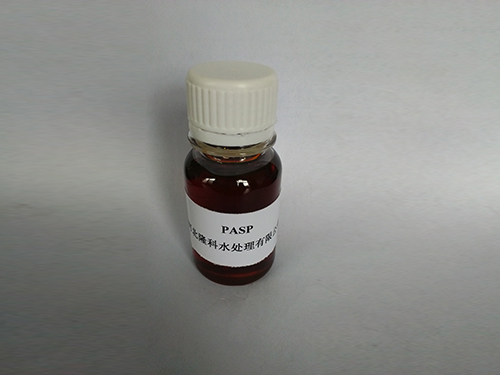polyacrylamide production
The Production of Polyacrylamide Processes and Applications
Polyacrylamide (PAM) is a synthetic polymer that has found extensive applications across various industries, particularly in water treatment, agricultural practices, and cosmetic formulations. The production of polyacrylamide involves the polymerization of acrylamide monomers, a process that can be achieved through several methods, including free radical polymerization, solution polymerization, and emulsion polymerization.
The primary raw material for polyacrylamide production is acrylamide, which is typically derived from the hydrolysis of acrylonitrile. This compound is then subjected to polymerization, where initiators, such as potassium persulfate or ammonium persulfate, are employed to initiate the reaction. The temperature and pH levels of the reaction mixture are carefully controlled to optimize polymerization and achieve the desired molecular weight and viscosity of the final product.
One of the most notable characteristics of polyacrylamide is its ability to absorb large amounts of water, making it an effective flocculating agent in water treatment processes. In municipal and industrial wastewater treatment, PAM aids in the removal of suspended solids and contaminants, thereby improving water quality. Its use in this sector has become essential, particularly as regulatory standards for effluent discharge become increasingly stringent.
polyacrylamide production

In agriculture, polyacrylamide serves as a soil conditioner that enhances water retention in soils. It helps slow down water evaporation, allowing crops to utilize moisture more efficiently. This application is particularly beneficial in arid regions, where water scarcity poses significant challenges to sustainable farming practices.
Beyond these applications, polyacrylamide is also utilized in the cosmetics industry, where it acts as a thickening and stabilizing agent in various formulations, including gels and creams. Its versatility and effectiveness make it a valuable ingredient in enhancing the texture and performance of cosmetic products.
Despite its numerous advantages, the production and use of polyacrylamide also raise concerns due to the toxicity of acrylamide, particularly when it is not properly handled. Efforts are being made to develop safer alternatives and improve production methods to minimize environmental impact.
In conclusion, polyacrylamide is a multifaceted polymer with significant industrial applications. Its production involves complex chemical processes that yield a product vital for water treatment, agriculture, and cosmetics. As industries continue to seek sustainable solutions, the development of safer and more efficient production methods for polyacrylamide remains a key focus in research and development.
-
Water Treatment with Flocculant Water TreatmentNewsJun.12,2025
-
Polymaleic AnhydrideNewsJun.12,2025
-
Polyaspartic AcidNewsJun.12,2025
-
Enhance Industrial Processes with IsothiazolinonesNewsJun.12,2025
-
Enhance Industrial Processes with PBTCA SolutionsNewsJun.12,2025
-
Dodecyldimethylbenzylammonium Chloride SolutionsNewsJun.12,2025





